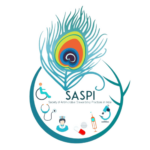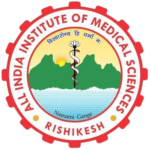
7- Role of each team members ?

Role of Administration or leader
- Defining role for each member (accountability)
- Supporting team requirements at each level
- Releasing SOP for institute
- Maintaining pre-prescription authorization policy
- Community level interventions
- Education on syndromic approach
- Education about over the counter treatments
- Incorporation of private hospitals and primary health care facilities
- Optimal use of antibiotics in animals/plants
Role of Clinician
- Understands the patients’ problems and make right diagnosis
- Rapid diagnosis by point of care investigations
- Chooses right treatment and communicates with the patient
- Ensuring liaison with Nursing staffs, Microbiologist, and Pharmacologist
- Review the diagnosis, clinical response, and culture reports as available
- Ensuring hospital infection control practices
- Educating fellows, other staffs, and patient population
- Data to be collected and reviewed during ID meet regularly
Role of Microbiologist (Laboratory stewardship)
- Improving laboratory turnaround time (TAT)
- Aggressive reporting of blood culture reports
- Guiding the clinicians/staffs regarding proper way of collecting and transporting samples
- Preventing contamination
- Computerized culture register
- Coordination with hospital infection committee
Role of Pharmacologist
- Prescription audit and timely feedback
- Active prescription surveillance
- Convincing practitioners about findings
- Coordinate meetings, participate in ID meets
- Training beyond department and institute including private and public
- Consumption monitoring, pre-authorization, warnings of antimicrobials by pharmacist
Role of Nursing staff
- Being checkpoint for drug administration, maintaining own antimicrobial proforma
- Document – start date, stop date, change of route, de-escalation, dose adjustments, queries
- Timely reminder for all above
- Ensure right delivery
- Monitor and report adverse events
Role of Public
- Always seek the advice of a qualified health care professional when taking antibiotics
- Not demanding antibiotics if your health worker says you don’t need them
- Not sharing antibiotics with others
- Not using leftover antibiotics
- Not to take antibiotics in viral infections, like colds and flu
- Effective waste treatment can protect the environment and reduce antibiotic resistance
- Hand Hygiene is the single most important means of preventing the spread of infection
- Spreading awareness on antimicrobial resistance

